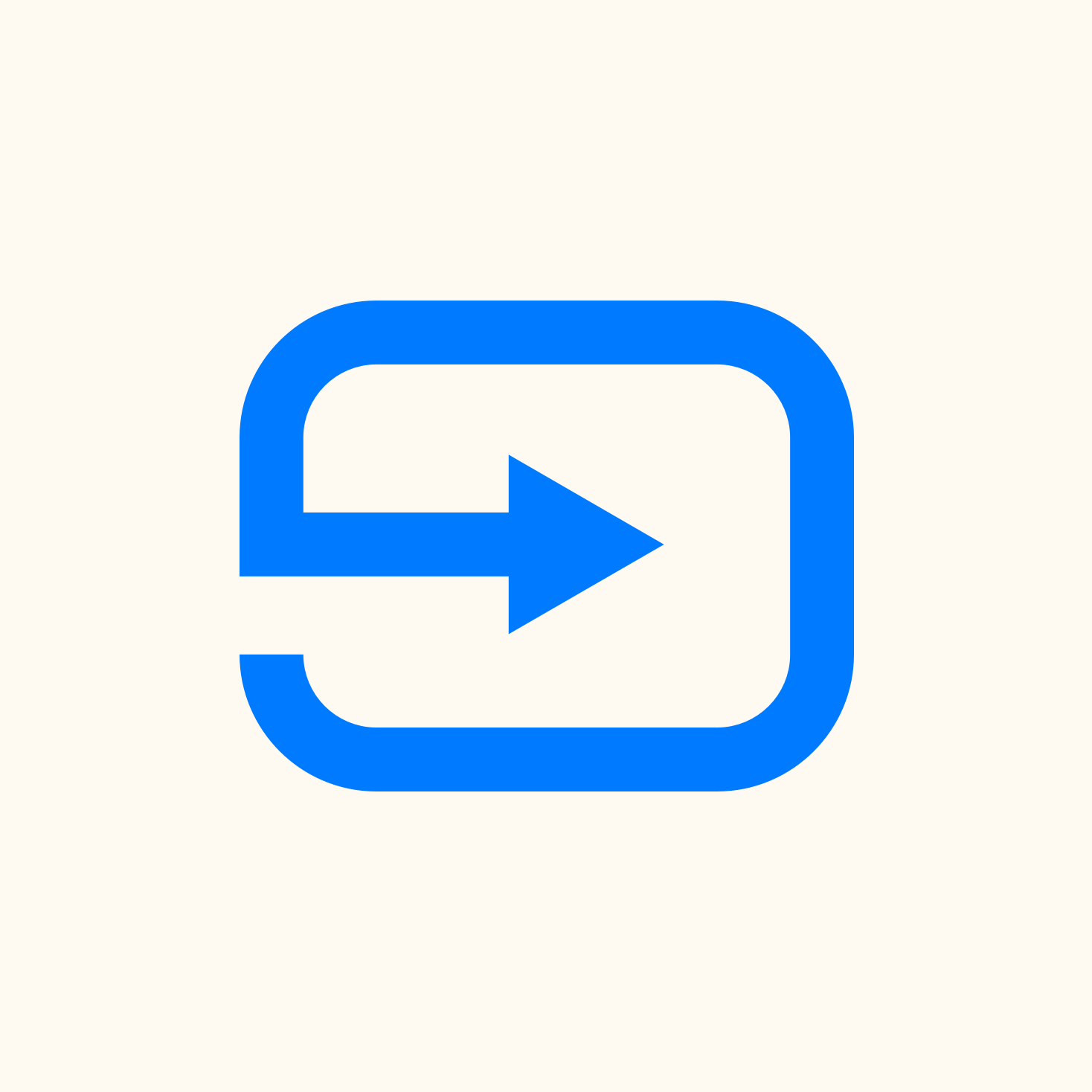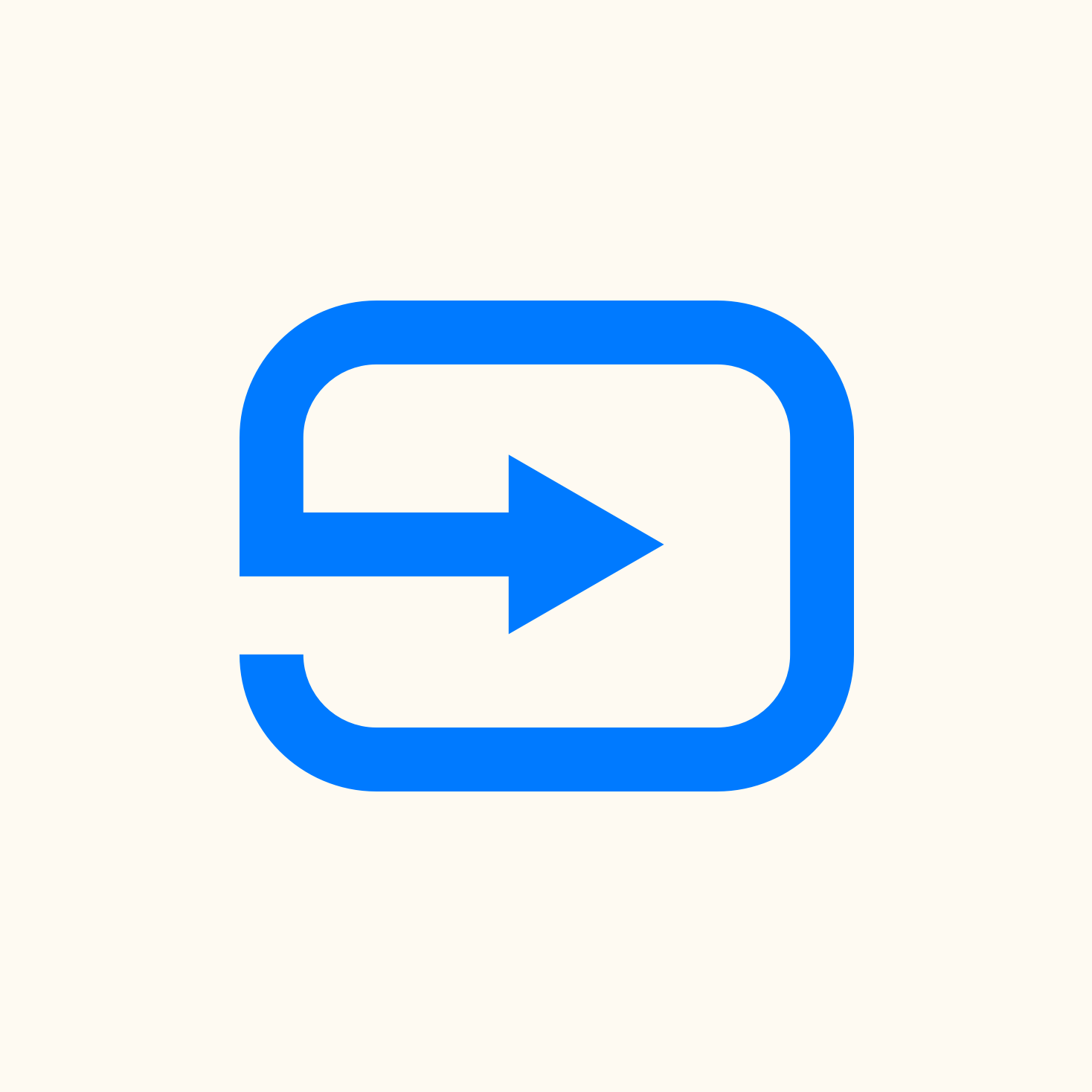
Zendesk News Roundup for December 2024
Subscribe to a hand-picked round-up of the best Zendesk links every month. Curated by Thomas Verschoren and published every month. Free.
Welcome to my last Zendesk News Roundup of the year. Twelve months of updates later, we're in the homestretch before the holiday break.
Hopefully the articles and updates I published over this last year have given you the insights you need to get your Customer Care team's Zendesk setup ready for Black Friday, Sinterklaas, Christmas or whatever peak holiday period your team's handling at the moment!
🏢 Company
Flexible Pricing for AI
Zendesk’s new model – the first of its kind in the market – offers companies flexibility in adopting AI for customer service by allowing them to adapt and scale their approach over time. Unlike traditional setups that can restrict adaptability, Zendesk’s model lets businesses use human agents or AI agents, or a combination of both, and shift investments as needs evolve. This approach enables CX leaders to tailor their AI adoption based on current and future requirements of the business. - Zendesk Launches Flexible Pricing for Customized AI Journeys
Zendesk has traditionally always been a seat-based platform where you buy a license for each agent that works in the tools and communicates with your customers.
If you need ten agents to handle a thousand tickets, then you need to buy ten seats for Zendesk Suite plus whatever add-ons you need like Advanced AI, Zendesk QA or ADPP.
With the arrival of AI Agents tings change. You might no longer need ten agents to handle your tickets, but thanks to the ~40% deflection rate your AI Agent might give you, you maybe need only 8 agents to handle those more complex inquiries that remain. This means you can buy two seats less from Zendesk, but adds the additional costs of your automated resolutions you need to pay Zendesk for those bot-handled tickets.
Handling and estimating this shift from purely seat-based agents to a mix of automated resolutions and seats is complex, and you can't always predict in advance what the impact will be of your AI Agent. Especially if you follow the Road to Automation method that gradually moves you towards your full automation capacity.
To make predicting costs easier, and to allow you to gradually shift from seats to automated resolutions, Zendesk launched a new model for selling its platform to customers this month. This new license model allows you to buy a combination of seats and automated resolutions when you get started with Zendesk. Over the course of your contract you can then shift the contents of your contract around and convert seats into a bucket of additional automated resolutions, thus continuously optimizing your mix of agent seats and AI Agent actions.
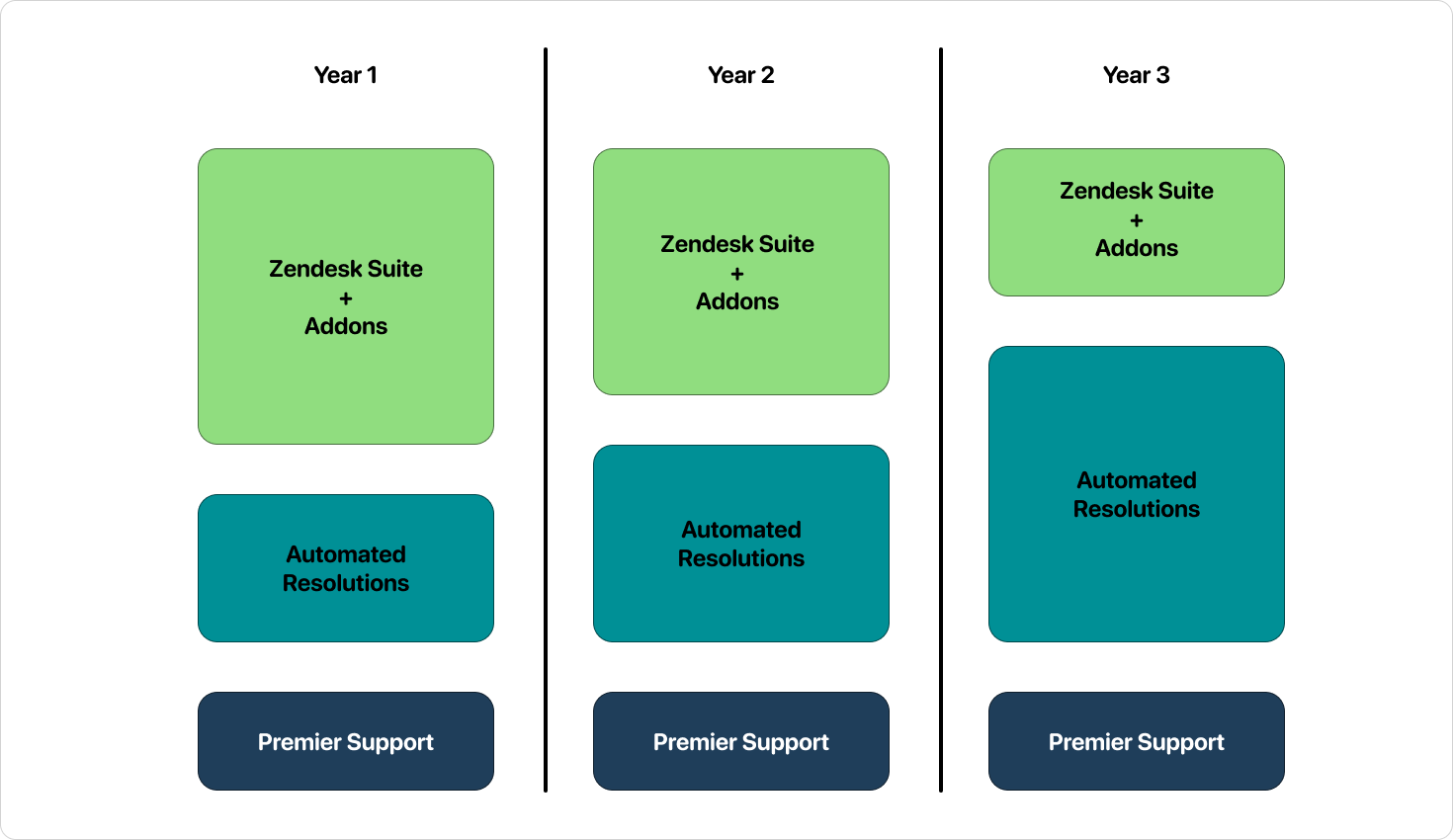
There's a few conditions to get access to this, so it's best to reach out to your account manager at Zendesk if you want more information. I do like this new flexibility though. It allows you to buy a logical amount of AR's when you get started with AI Agents – maybe remove a few unused agent seats while doing so – and then schedule a review of your usage after six months to see if you can optimize your license mix more to account for more deflect for self-serviced tickets, without actually needing to spend more money on AR's.
🎉 New Releases
🤖 AI Agents
Generative AI Data Locality
Zendesk is now one of the first companies globally to gain access to OpenAI’s European Economic Area (EEA) and Switzerland endpoint. This means your organization can now access our generative AI features included in the Advanced AI add-on without worrying about your data exiting the EEA and Switzerland when it is processed by OpenAI.
Small, but important update to Zendesk's data locality.
👨🏻💻 Agent Workspace
Department Spaces
Brands in Zendesk have been a way to differentiate different external use cases within one Zendesk instance. You can add, for example, a Consumer and Business brand to your instance, or if you have multiple brands under your corporation, like Coca Cola, Fanta and Sprite, you can add multiple branded help centers online, while managing all incoming tickets in one instance by the same team of agents.
With the arrival of a new focus on Employee Experience, you might see single Zendesk instances with both a customer and employee focus brand. Within that instance you might also have specific department like HR or Finance that require a more secure access, or you might not want to give your CX team access to your IT teams' tickets.
This kind of access roles used to be solely done on the group level. If you're in the HR group you get access to the HR tickets, and otherwise you don't. This works, but scales difficult in bigger corporations. You might want to give your CX team access to all tickets in your customer focus brand, but want to split people into first and second line groups in order to setup proper Omnichannel Routing.

Until now this was not really possible. If you want to prevent the CX team from accessing your internal tickets you had to give them access to only the groups they belonged to, or turn all your internal groups into private groups, which then complicates ticket access for those agents.
With the arrival of the new Department Spaces feature Zendesk is trying to solve this complexity by moving the ticket access permissions up one level from solely groups. Brands in Zendesk will be renamed (or expanded) to Brands and Departments, and you can now give Agents access to tickets in a specific brand only.
Or to make it more concrete: We can give our CX team (both first and second line) access to only our Customer brand, while giving the IT and HR teams access to our Internal brand's tickets. Agents can then be given access to all tickets (CX team) or only within their groups (HR and IT), but that scope will be applied to the already limited set of tickets within the brands they have access to.
Enhanced Side Conversations
There's a few updates to Side Conversations this month. First off is the general release of the new consolidated location starting January 13th, 2025. This will move the Side Conversation button for all customers from the top tabor to a new location in the context panel on the right of your tickets.
This feature can already be enabled today via the Admin Panel, but for those hanging on to the old location, you'll be automatically opted in to the new experience, making the side conversations not only nicer integrated with the new context panels, but you can also expand or move this new side conversation panel automatically by configuring it in the layout builder.

Additionally the Child Tickets also got some nice quality of life updates:
- Deciding which comment type to show on child tickets. Select either Public comment, Internal note, or match the ticket’s privacy.
- Allowing internal notes in your side conversations.
- Choosing to sync the status of the side conversation with the child ticket.
- Selecting which ticket fields are available for agents to include in child tickets, including the ticket requester. Additionally, you can set ticket fields to always be copied to the child ticket.
All these changes can be made in the Admin Center via a set of new settings options. I for one will enable the Private Note option to keep those in sync across tickets too.

Redact all identified PII at once
You've always been able to redact strings of text in Zendesk tickets. Agents can select words in a comment, and use the context menu (three dots) to redact that string of text from the ticket.
With the arrival of Advanced Data Privacy and Protection, customers now have the ability to highlight all personally identifiable information (PII) on a ticket, and optionally they can now redact all those elements in one single click.

🔎 Help Center
Preview article changes
Month after month Zendesk keeps improving their article editor. This month we got the ability to preview changes on articles before publishing them.

Custom Objects for end-users
Help Center forms got an update making Lookup Fields, and their associated custom objects, available to end-users. Read all about it in my full article on the topic below.
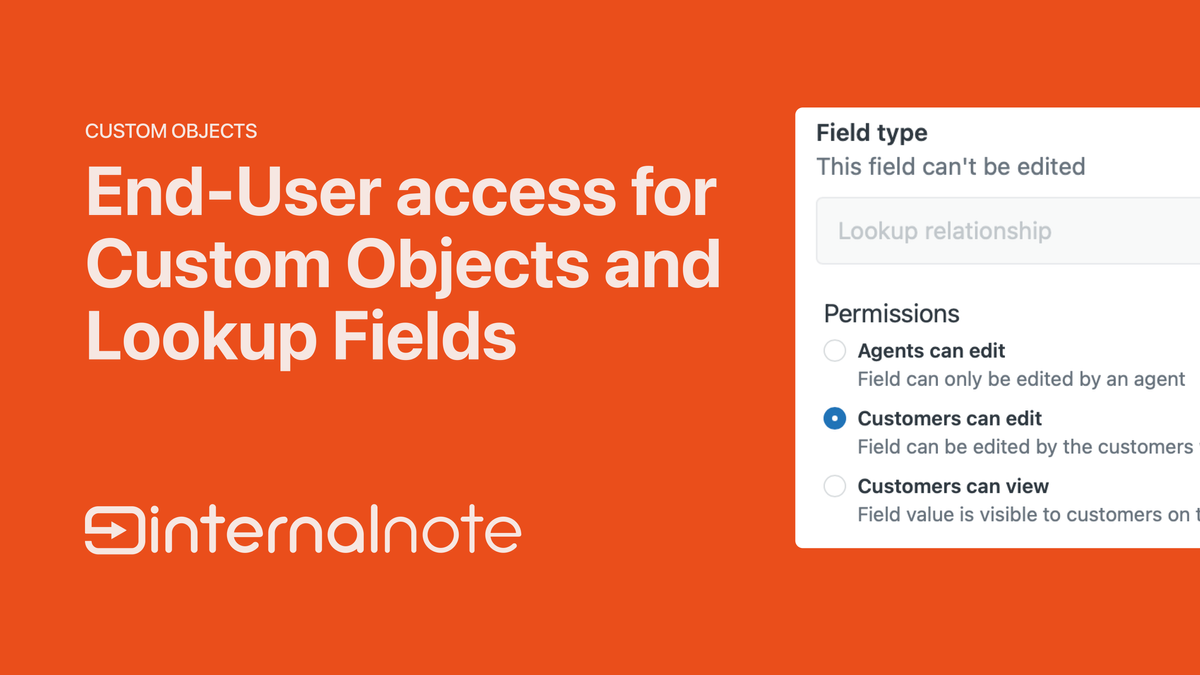
🧱 Open and Flexible Platform
Omnichannel Routing
Plenty of updates to Omnichannel Routing this month.
First off is the capability of routing SMS text messages by making the channel | is | Text condition available for Queues, and respecting the omnichannel_routing tag on those tickets.
Secondly, there's now the ability to route tickets based on SLA breach times, instead of solely relying on ticket creation date and priority. I'm publishing an article on the topic next week, so be sure to subscribe if you want to read this article!

You can now also tag agent skills as required or optional. By using this feature Zendesk will always try to assign tickets to agents that match all skills on a ticket, but if no agents are available, it will drop the optional skills and expand the list of agents it will try to assign the ticket too.
And to wrap up the Omnichannel Routing releases, there's a change in how end session actions are handled. These tickets will now be immediately removed from an agents workload, freeing up capacity.
Custom Objects
Lookup fields for end-users wasn't the only update this month for Custom Objects. We now also have the option to automatically number new objects, or require unique names for manually named objects.



📊 Reporting and Insights
CSAT API
Last month saw the release of the new Customizable CSAT for Zendesk, offering you more nuanced CSAT surveys with ratings ranging from 2, 3 up to 5 options, and allowing you to pick between numeric, text or emoji buttons.
Until now these new survey results were collected but displayed as the old good/bad results in the agent Workspace. With the arrival of the new CSAT API endpoints it's now possible to build custom sidebar apps that showcase the full survey results, or you can use the API to export the results and use them for reporting.

Explore dashboard builder
We are thrilled to announce the General Availability (GA) of our new dashboard builder for Explore. This milestone marks an exciting step forward in simplifying how you create and maintain your dashboards. Additionally, we'll soon begin phasing out the legacy dashboard builder.

⚠ Major Changes.
Encoded Ticket IDs
Previously, Zendesk included sequential ticket IDs in the “Reply-to” headers in outbound ticket notification emails sent to end users, and allowed these sequential ticket IDs located in an incoming email reply to be used for threading in certain scenarios. This meant reply emails from your end users would be sent tosupport+id<ticket-id>@<subdomain>.zendesk.com
On October 23rd, we updated the “Reply-to” headers in ticket notification emails sent to end users to use encoded IDs instead of sequential ticket IDs. Recently, we also replaced sequential ticket IDs with encoded IDs as a reference for the ticket threading process. This means that sequential ticket IDs will no longer be used for threading inbound emails into tickets. As such, replies to outbound ticket notification emails that were sent to end users prior to October 23 and contain sequential ticket IDs in the “Reply-to” header may create new tickets instead of threading if the encoded ID is not present anywhere in the email.
One of these big changes for Zendesk that will have zero impact on users or customers, but nice to see that they keep updating their platform, even at a fundamental level of "how do we assign ticket replies to the right ticket"
New version of the Facebook channel
Zendesk’s Facebook channel has transitioned from a pull-based data retrieval method to a more advanced system that pushes information directly from Facebook to Zendesk. This new version enhances reliability, reduces response time, and paves the way for additional features.
This new update will give access to older tickets, improve reliability and include support for comments on ads. You can now also add more than 15 pages to Zendesk.
The new version is live now and requires a removal of your current pages. Re-adding them will enable the new functionality.
💡Insights
Building a product catalog with custom objects
Pretty nice tutorial by Zendesk on the new Lookup-Fields for end-users

New Release: Change Primary Email by Knots
Say goodbye to email mix-ups in Zendesk with Change Primary Email, the latest automation from Knots. This app ensures replies always reach the inbox your customer used to contact you, eliminating confusion and keeping communication crystal clear. Whether customers use a work, personal, or secondary email, this app guarantees responses are sent to the right place—every time. Seamlessly integrated with Zendesk and effortless to set up, Change Primary Email is a must-have for teams looking to improve efficiency and customer satisfaction.
Disclaimer: Knots previously sponsored this blog
Advanced AI Cost Analysis
Interesting series from Salto on the cost benefits of Advanced AI. It's only part 1 of a series, but looks to be some good in-depth research.

Economics of Customer Research
Speaking of AI cost, this overview of Intercom shows some good insights on the cost and benefits of implementing AI Agents for your company. Useful to read even if you don't use their tools.
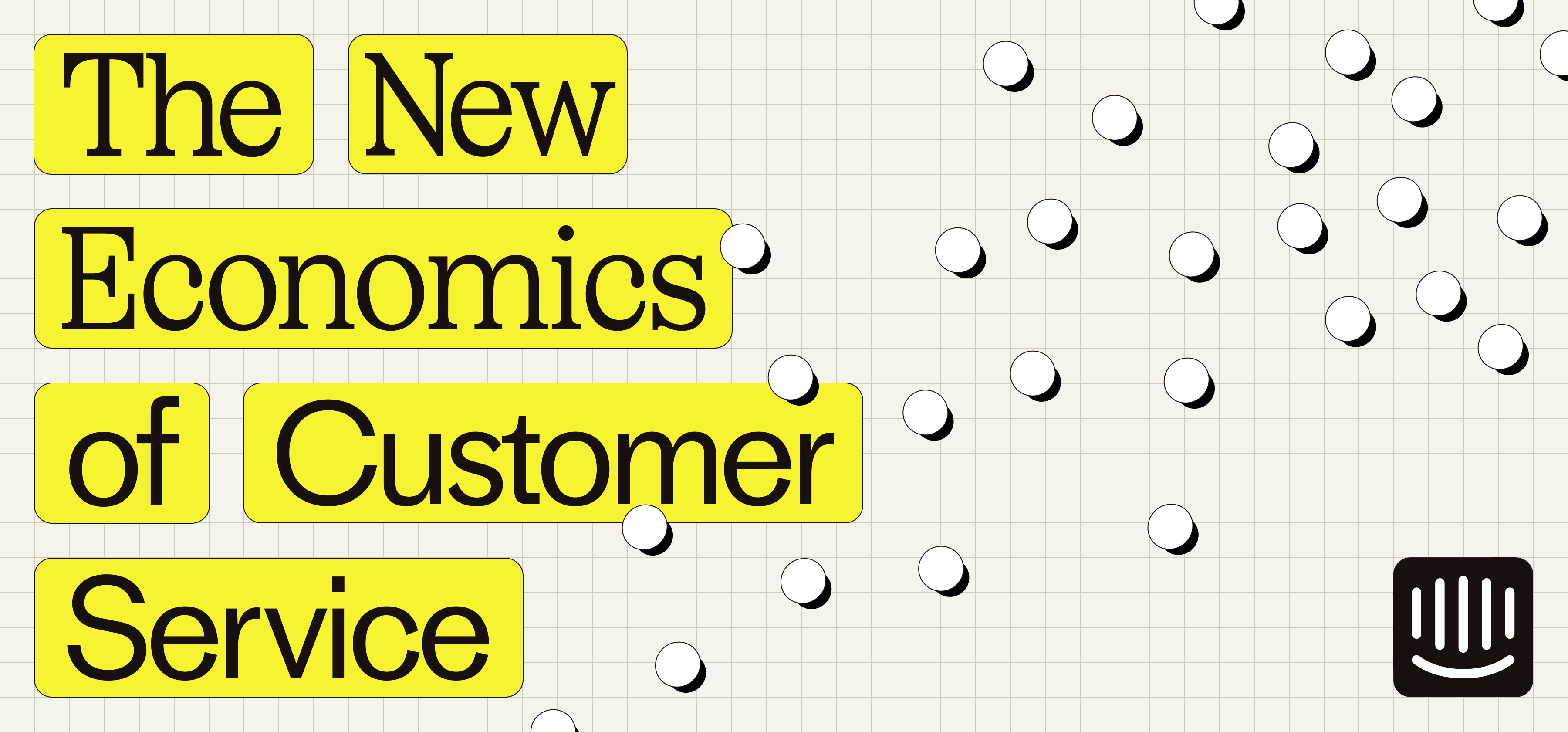
Human Impact of AI
Not all cost can be expressed in money, sometimes AI usage also has a human cost

📝 Articles this month


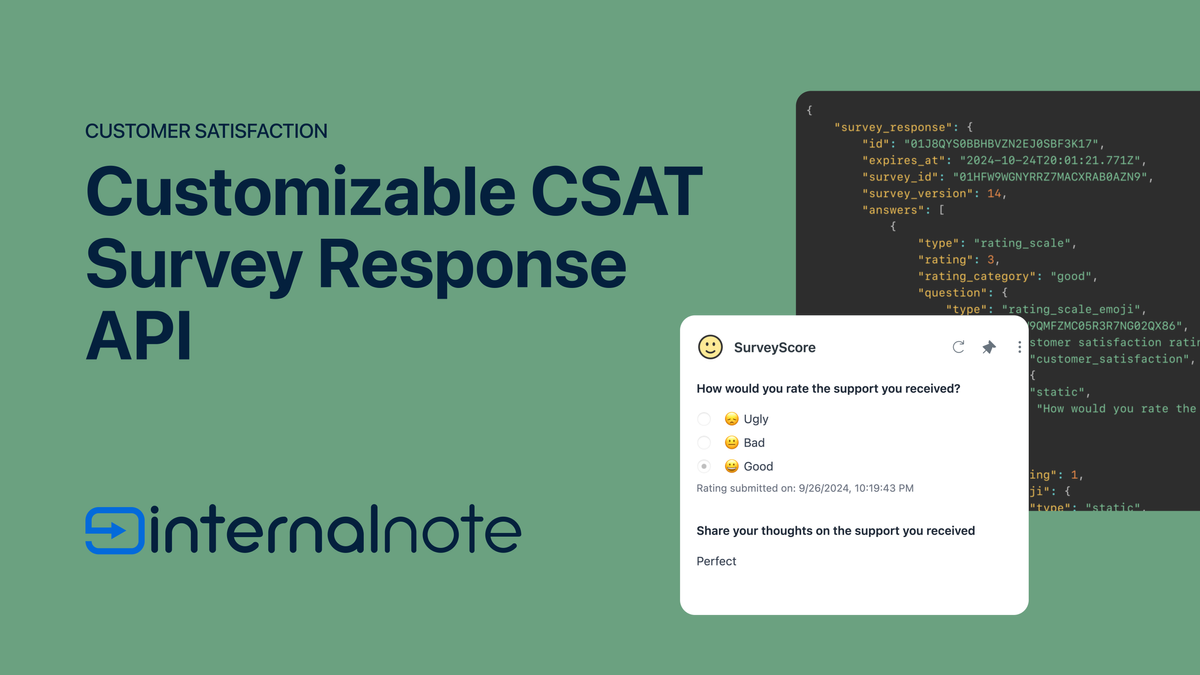

And Finally...
Can I bypass the 7-day rule for Facebook Messenger responses?
No, you cannot bypass the 7-day rule in Facebook Messenger. This limitation is in place to ensure businesses engage in meaningful interactions with users.
Pity, cause doing so is perfectly possible for WhatsApp.











